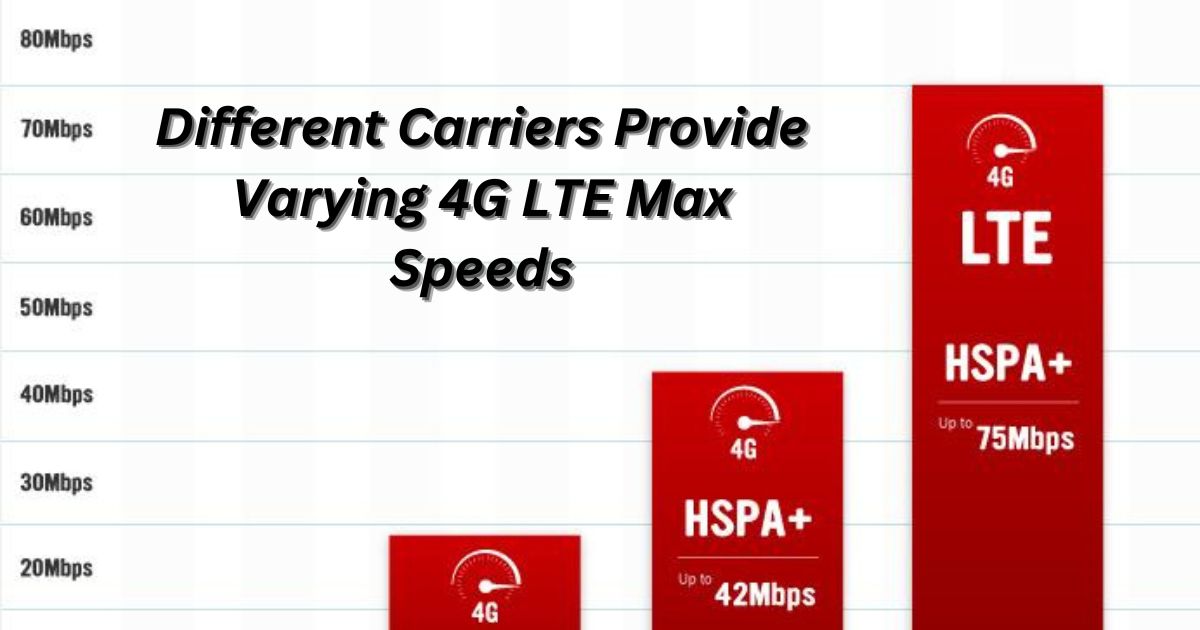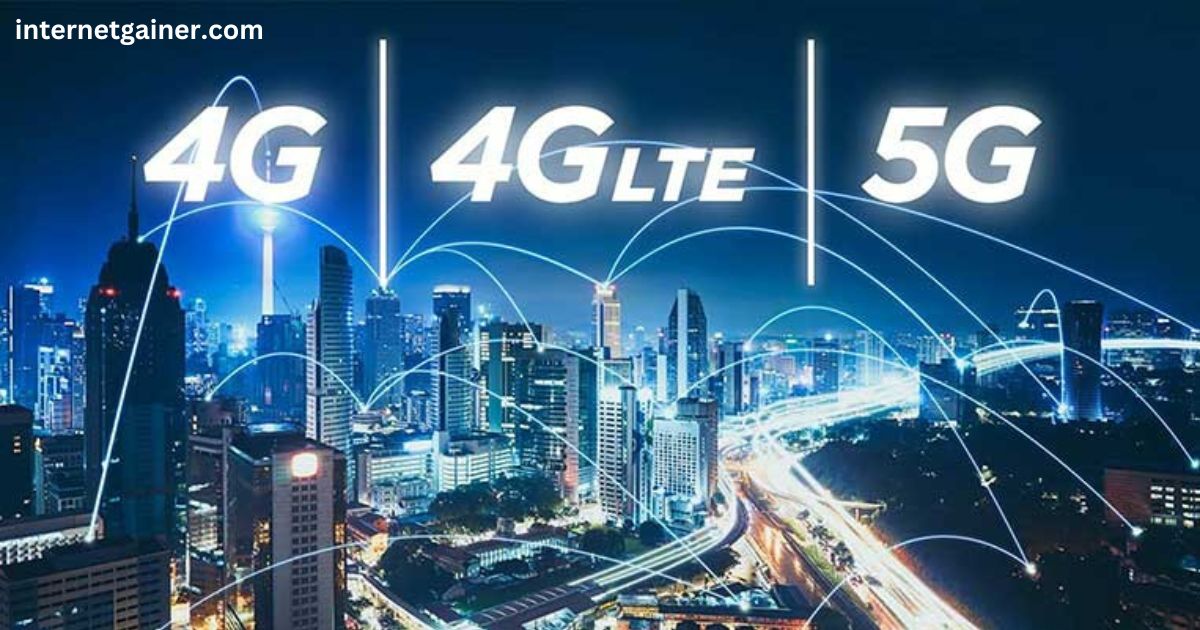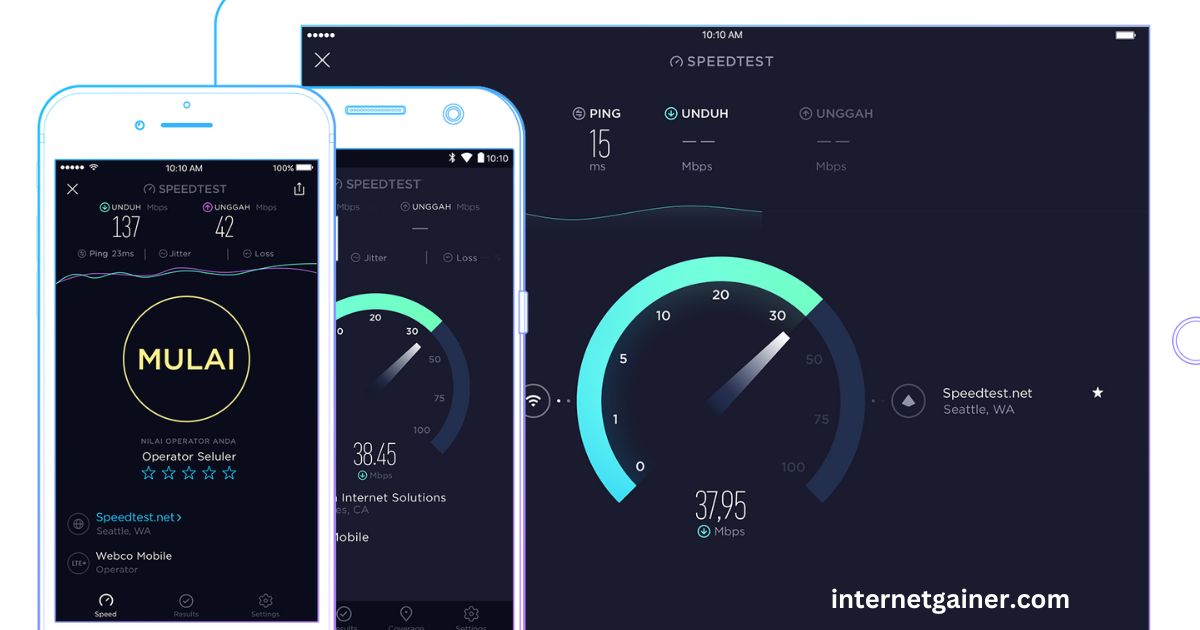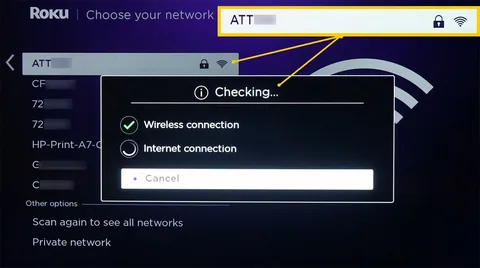In today’s fast-paced digital world, a reliable and fast mobile connection is essential. While 4G LTE (Long-Term Evolution) technology has been the standard for mobile networks for years, not all carriers deliver the same level of performance.
The maximum speeds you experience on your smartphone depend on a range of factors that vary from one carrier to another. Let’s take a closer look at how different carriers provide varying 4G LTE max speeds.
1. Network Infrastructure and Spectrum Bands
The most significant factor influencing 4G LTE speeds is the network infrastructure of each carrier. Carriers acquire spectrum from regulatory bodies, and the amount and type of spectrum a carrier has access to can heavily impact speed.
- Low-Band Spectrum (Sub-1 GHz): This spectrum covers large areas but offers slower speeds. While it can penetrate through walls and provide better coverage, its capacity is limited.
- Mid-Band Spectrum (1-6 GHz): Often referred to as “the sweet spot,” mid-band offers a balance between coverage and speed. It can provide faster speeds over longer distances compared to low-band spectrum.
- High-Band Spectrum (Above 6 GHz): Also known as “millimeter-wave” (mmWave), this spectrum offers ultra-fast speeds but has a shorter range and struggles with penetration through buildings or other obstructions.
Carriers who have access to more of these higher-frequency bands, especially in urban and densely populated areas, can offer faster 4G LTE speeds.
2. Carrier Aggregation Technology
Carrier aggregation is a technique used to combine different spectrum bands to increase a network’s capacity and deliver higher speeds.
This process allows carriers to combine multiple channels within the same frequency band or across different bands to enhance overall data throughput.
- Advanced Aggregation: Some carriers use more advanced carrier aggregation techniques, combining several LTE bands. These networks can offer significantly higher speeds compared to carriers that use fewer bands or less efficient aggregation strategies.
For instance, Verizon and AT&T in the U.S. have advanced carrier aggregation, which enables them to deliver faster 4G LTE speeds compared to other carriers using less efficient methods.
3. Network Congestion
The level of congestion on a network can also affect the maximum speeds a carrier can provide. If too many users are connected to the same tower or cell site, speeds can decrease due to network congestion.
- Peak vs. Off-Peak Hours: During peak hours, when more people are using their devices, speeds may decrease. Conversely, during off-peak hours, networks are less congested, allowing users to experience higher speeds.
Carriers with more robust networks and better load-balancing strategies can often maintain faster speeds during peak usage times.
4. Technological Advancements and Upgrades
Carriers continually upgrade their infrastructure and adopt newer technologies to enhance speed and performance.
For example, some carriers have already started rolling out 5G technologies alongside their 4G LTE networks, even though 5G networks are not yet widely available.
These upgrades allow for seamless transitions between 4G and 5G, further enhancing user experience.
- 4G LTE Advanced (LTE-A): This is an enhanced version of LTE that provides higher speeds by utilizing carrier aggregation, improved modulation, and other technologies. Carriers like T-Mobile and AT&T have extensively deployed LTE-A, offering faster speeds than standard LTE networks.
5. Device Compatibility
The performance of your device also plays a role in the speeds you can achieve on a 4G LTE network. Certain smartphones are equipped with better antennas and support more advanced LTE features, such as carrier aggregation and higher modem capabilities.
- High-End vs. Budget Devices: Premium smartphones tend to support faster LTE speeds due to more advanced modems and better reception capabilities. Conversely, budget phones may not support the latest LTE technologies, which can limit the speeds you experience.
6. Geographical Location
The geographical area where you use your phone can also affect 4G LTE speeds. Urban areas with dense populations often see faster speeds due to better infrastructure, while rural areas might experience slower speeds due to limited network resources.
- Urban Areas: Carriers in urban locations tend to offer faster speeds as they deploy more small cells, enhanced towers, and concentrated network infrastructure.
- Rural Areas: In less populated regions, coverage may be limited, and speeds could be slower, as fewer towers and smaller cell sites are deployed.
Conclusion
The 4G LTE speeds you experience depend on a combination of factors, including the carrier’s network infrastructure, spectrum availability, carrier aggregation techniques, network congestion, technological advancements, and even the device you use.
While all major carriers aim to deliver fast, reliable 4G LTE speeds, the maximum speeds you can get may vary depending on these factors. Understanding how these variables affect speed can help consumers choose the best carrier for their mobile needs.
As the mobile industry continues to evolve with 5G technologies on the horizon, carriers are likely to continue improving their 4G LTE networks, offering even faster speeds shortly. For more 5g Internet information check the internetgainer.



